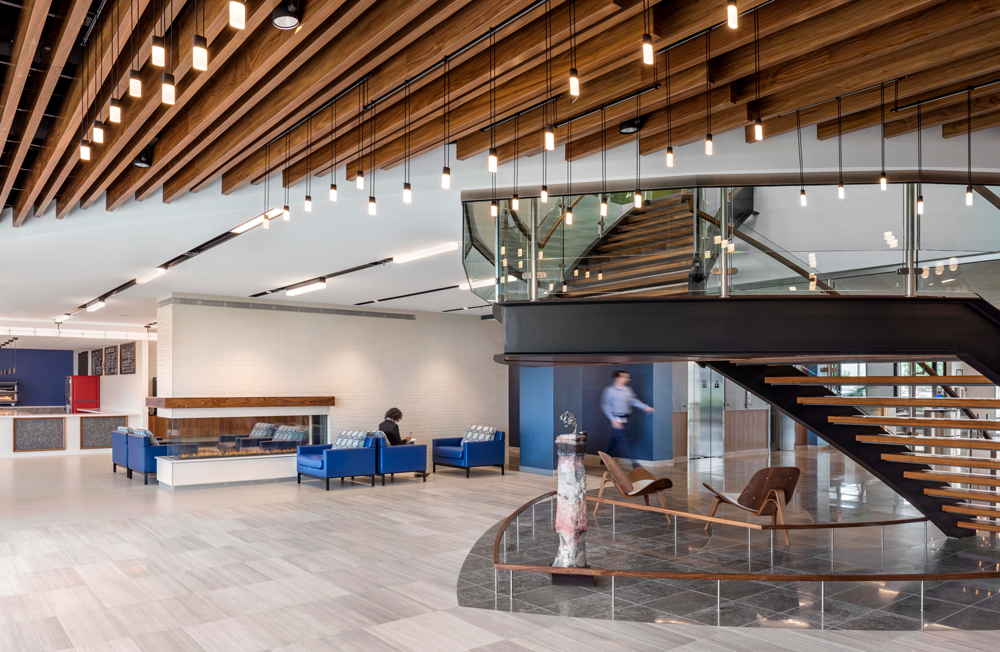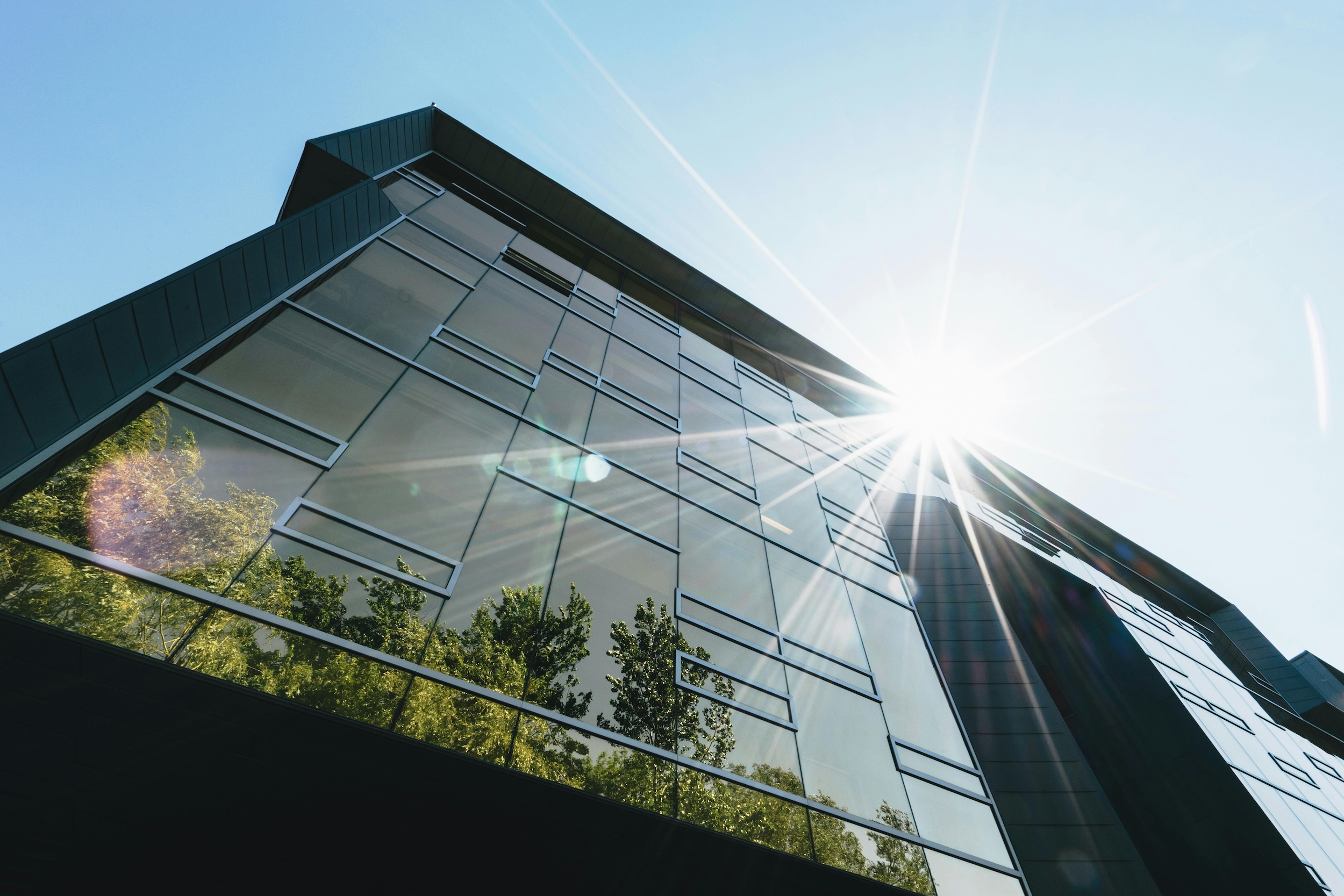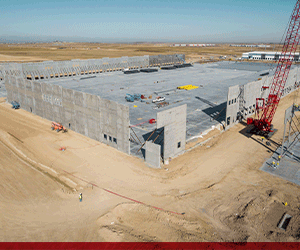 By Ashley Stiles, Northern Colorado vice president of development at McWhinney
By Ashley Stiles, Northern Colorado vice president of development at McWhinney
Similar to most markets across the state, Northern Colorado is experiencing an undeniable boom. One area we are not seeing evidence of this is in the office development market. Northern Colorado is reported as the fastest-growing region in the state, yet office lease rates have remained flat throughout the last decade.
Why? The mindset in Northern Colorado. No matter how you slice it, office space will continue to appreciate. Businesses understand that with increased construction costs, new office development is going to be more expensive than the current inventory. They also understand that the price per square foot of current inventory will continually increase due to inflation and market growth. So the interim solution has been to help businesses do more with less space.
Tenants are leasing less space in order to maintain the same total rates for their office space. On average, office tenants are currently leasing about 150 square feet per employee, and will sometimes push the bounds even further to bottom out at about 125 square feet per employee. Less than a decade ago, this same benchmark hovered around 175-225 square feet.
Luckily, this trend aligns well with the current generational work style preferences. Millennials, who will be at their peak as a share of the workforce by the end of this decade, thrive in collaborative office environments that allow for co-working spaces rather than individual offices and large conference rooms. The Baby Boomers and Generation X have proven to be very flexible in their work environments and have adopted their work styles to fit with that in-demand by their colleagues.
Large companies seeking owner-occupied office development are the one exception to this “space reduction” trend. When companies are seeking build-to-suit developments, they are typically investing in innovative office environments that will support long-term growth. For example, last year a global agricultural products company moved into a new U.S. corporate headquarters facility in Loveland’s Centerra master-planned community. The new headquarters design includes unique features to attract talent and opportunities for additional space accommodating future growth.
So, how do we expect this to impact Northern Colorado? Small- and medium-sized businesses are most affected by the current conditions, given that they typically look to multi-tenant buildings in suburban markets to meet their office needs. However, these companies are the largest contributors to the Northern Colorado economy.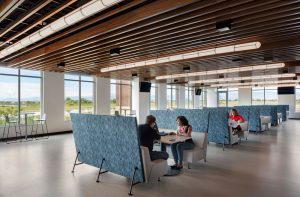
Looking ahead in the years to come, the office market will likely affect economic growth and talent recruitment. Under the current conditions, the majority of Northern Colorado businesses will not have access to innovative office development supporting growth.
Currently, many spec office development projects are “on hold” due to inability to provide a meaningful return to investors. In quarter one of 2018, CBRE reported only 11,000 square feet of office development under construction and a vacancy rate of 6.5 percent – both of these figures showing a decline from the previous year.
Construction costs will continue increasing. Not only is there strong demand for new development across Colorado, but the construction industry is also facing a strained workforce pipeline, meaning that construction services are at a premium.
Further, looking at the next generation to enter the workforce – Generation Z – these employees will have significantly different needs in their office environments. This is the first generation considered digital natives – exposed to social media, tablets and smartphones from birth – and this has resulted in their need for a very defined workspace. Generation Z employees will have multi-tasking tendencies requiring privacy and data-free zones to accomplish focused work.
Couple the market demands with the work style demands of the future generation, and the Northern Colorado market is undoubtedly facing a change. Developers can expect an incline in lease rates to spur new development, due to the lack of available inventory and the lack of additional ‘stretch’ in current office environments.
This will require a shift in mindset among Northern Colorado businesses. The same principles desired in owner-occupied office projects will need to be adopted by office tenants as well. All future office development should apply innovative design standards and planned growth in business footprints.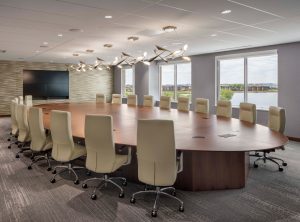
However, this growth in office development is expected to take place gradually, with relocating businesses as the likely frontrunners leading the trend.
Despite recent growth, Northern Colorado is still considered a very affordable market. This, as well as the quality of life, has led to not only current companies choosing to remain in the market, but a wave of businesses relocating from high-priced markets like California.
Companies that have acclimated to high real estate prices from other markets will find Northern Colorado’s increased lease rates to be much more affordable. Incoming companies will be forced into new office development, given the lack of available inventory, which will help spur lease rates better aligned with updated construction costs and economic conditions. This will help create comparables to normalize increased lease rates that support a new stock of office development aimed at supporting growth for businesses.
Businesses need not face this anticipated shift with apprehension. New office development brings fresh work environments spurring innovation and talent acquisition, in turn supporting business growth for tenants.
Ashley Stiles is the Northern Colorado vice president of development at McWhinney. She can be reached at ashley.stiles@mcwhinney.com.
Photos courtesy of McWHINNEY / Raul Garcia



